
Cholera is an infectious disease that causes severe watery diarrhea, which can lead to dehydration and even death if untreated. It is caused by eating food or drinking water contaminated with a bacterium called Vibrio cholerae.
Cholera outbreaks are still a serious problem in the world. At least 150,000 cases are reported to the World Health Organization each year.
The disease is most common in places with poor sanitation, crowding, war, and famine. Common locations include parts of Africa, south Asia, and Latin America.
Knowing the following cholera facts can help protect you and your family.
Cholera Causes

Vibrio cholerae, the bacterium that causes cholera, is usually found in food or water contaminated by feces from a person with the infection. Common sources include:
- Municipal water supplies

- Ice made from municipal water
- Foods and drinks sold by street vendors
- Vegetables grown with water containing human wastes
- Raw or undercooked fish and seafood caught in waters polluted with sewage
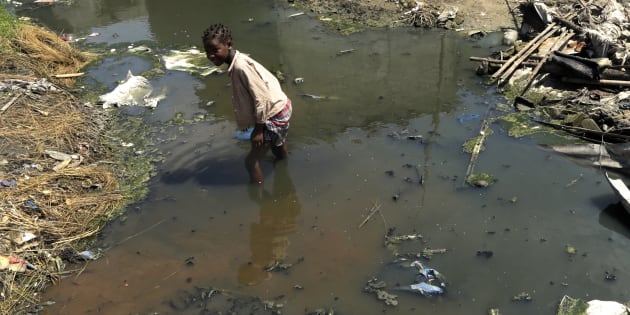
When a person consumes the contaminated food or water, the bacteria release a toxin in the intestines that produces severe diarrhea.
It is not likely you will catch cholera just from casual contact with an infected person.
Cholera Symptoms
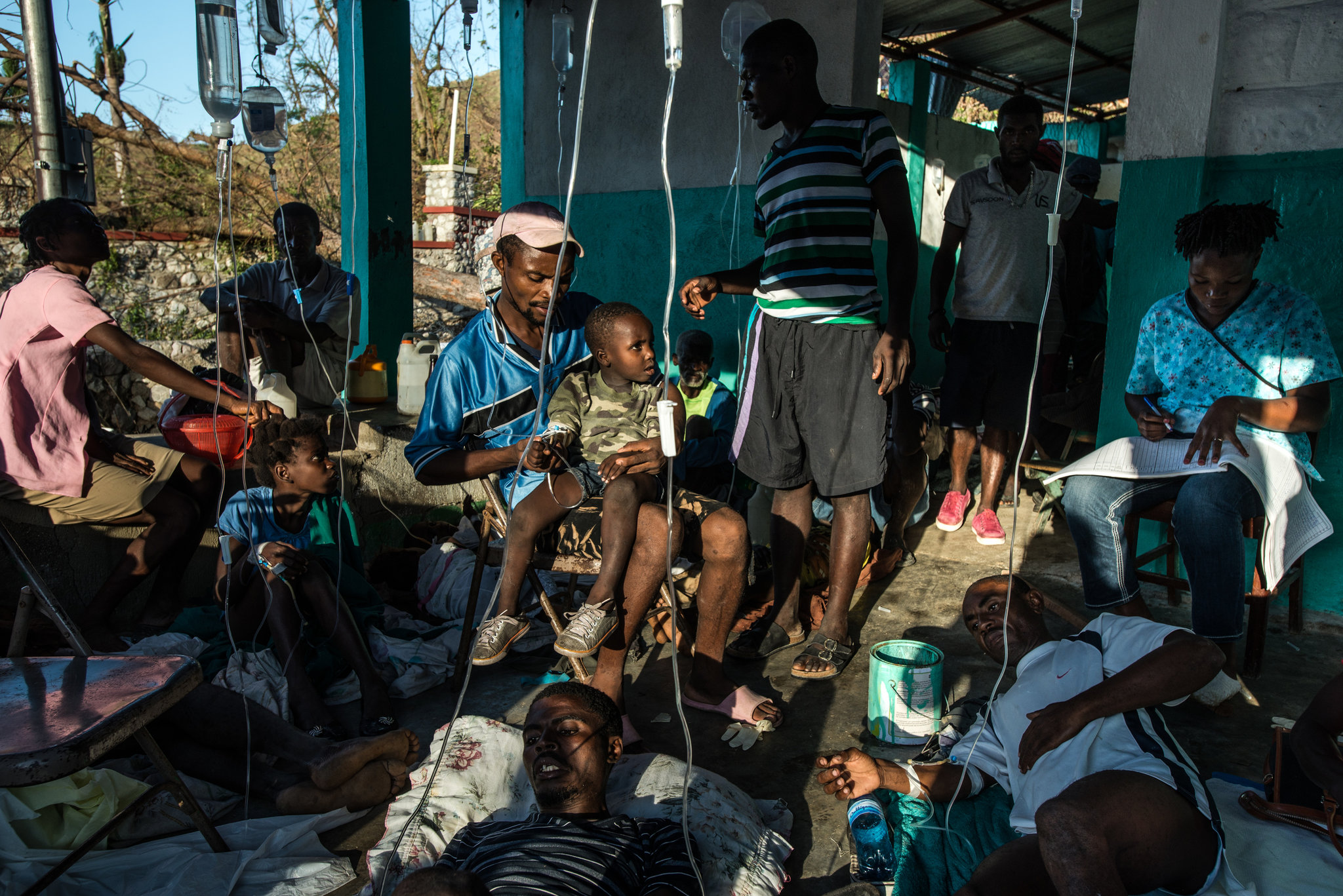
Symptoms of cholera can begin as soon as a few hours or as long as five days after infection. Often, symptoms are mild. But sometimes they are very serious.
About one in 20 people infected have severe watery diarrhea accompanied by vomiting, which can quickly lead to dehydration. Although many infected people may have minimal or no symptoms, they can still contribute to spread of the infection.

Signs and symptoms of dehydration include:
- Rapid heart rate
- Loss of skin elasticity (the ability to return to original position quickly if pinched)
- Dry mucous membranes, including the inside of the mouth, throat, nose, and eyelids
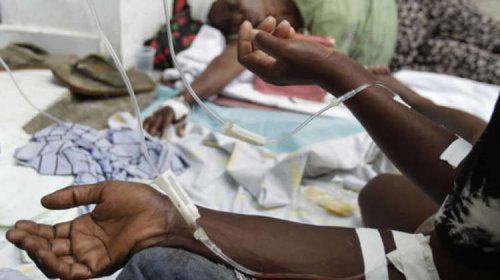
- Low blood pressure
- Thirst
- Muscle cramps
If not treated, dehydration can lead to shock and death in a matter of hours.
Although there is a vaccine against cholera, the CDC and World Health Organization don’t normally recommend it, because it may not protect up to half of the people who receive it and it lasts only a few months.
However, you can protect yourself and your family by using only water that has been boiled, water that has been chemically disinfected, or bottled water.
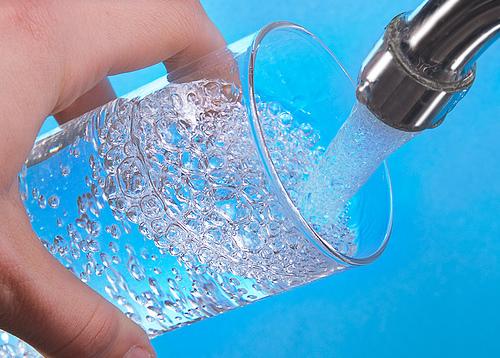
Be sure to use the bottled, boiled, or chemically disinfected water for the following purposes:
- Drinking
- Preparing food or drinks
- Making ice
- Brushing your teeth
- Washing your face and hands
- Washing dishes and utensils that you use to eat or prepare food
- Washing fruits and vegetables
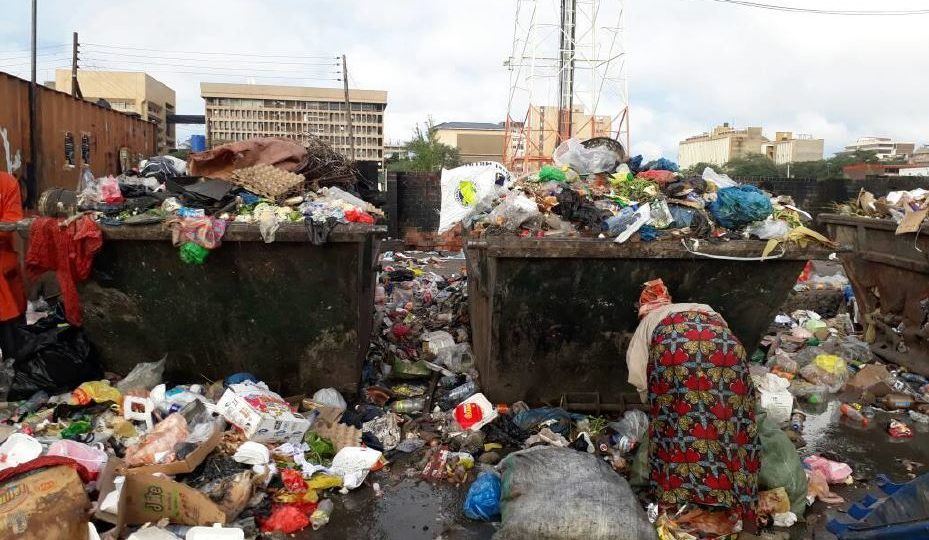
To disinfect your own water, boil it for one minute (or 3 minutes at higher elevations) or filter it and use a commercial chemical disinfectant. You should also avoid raw foods, including the following:
- Unpeeled fruits and vegetables
- Unpasteurized milk and milk products
- Raw or undercooked meat or shellfish
- Fish caught in tropical reefs, which may be contaminated
If you develop severe, watery diarrhea and vomiting — particularly after eating raw shellfish or traveling to a country where cholera is epidemic — seek medical help immediately.
Cholera is highly treatable, but because dehydration can happen quickly, it’s important to get cholera treatment right away.

Hydration is the mainstay of treatment for cholera. Depending on how severe the diarrhea is, treatment will consist of oral or intravenous solutions to replace lost fluids.
Antibiotics, which kill the bacteria, are not part of emergency treatment for mild cases. But they can reduce the duration of diarrhea by half and also reduce the excretion of the bacteria, thus helping to prevent the spread of the disease.